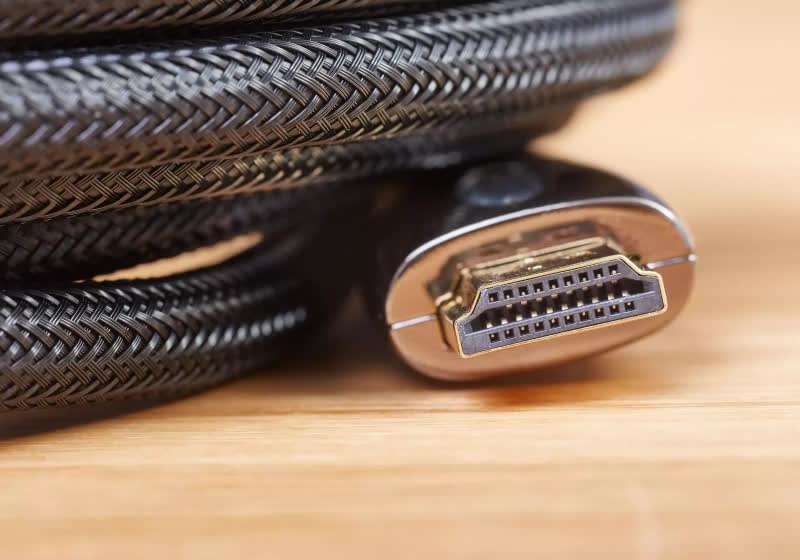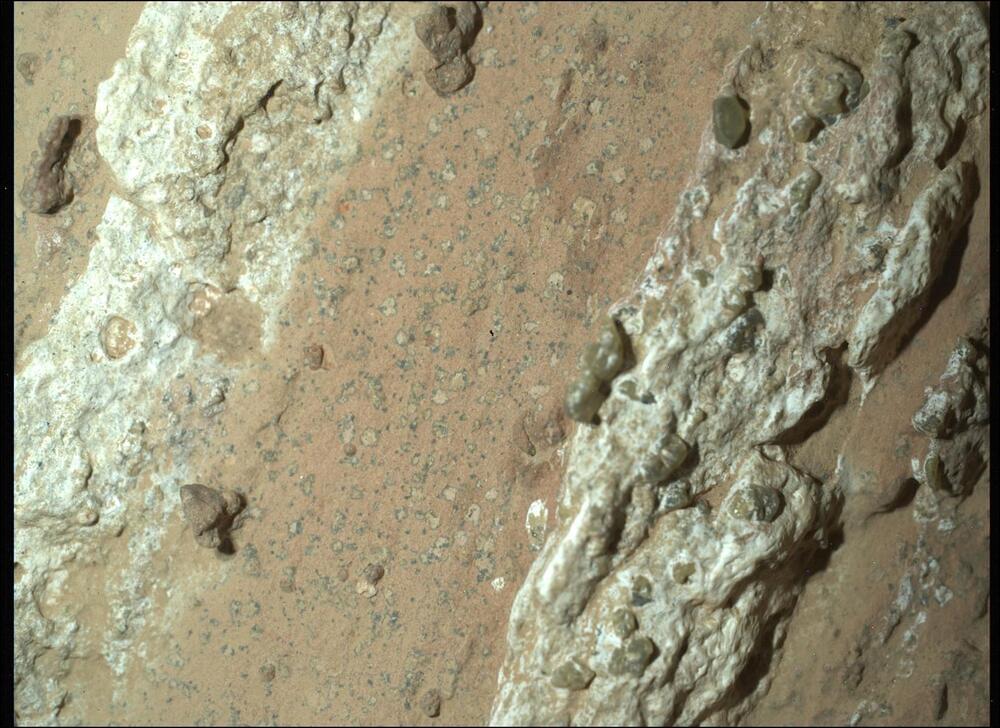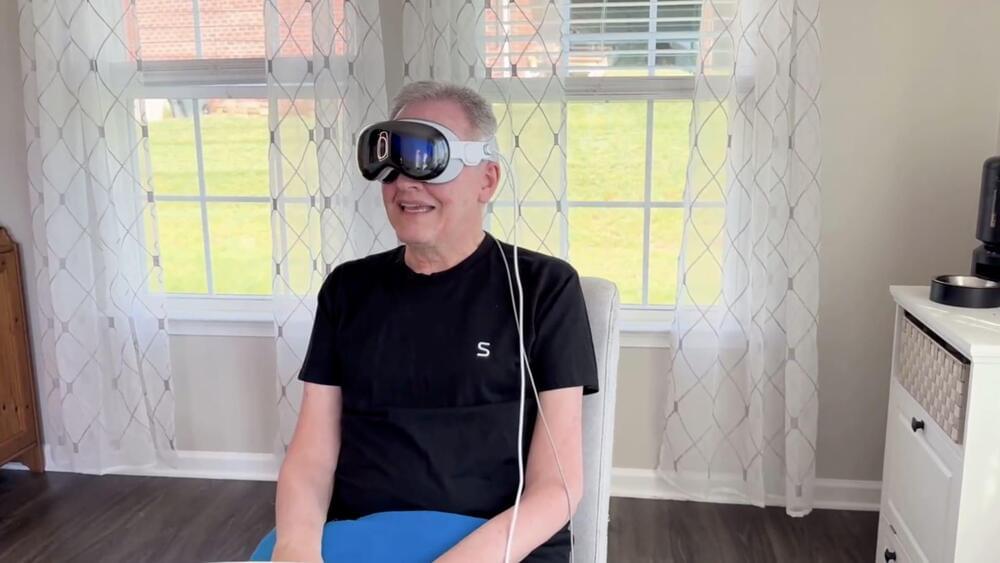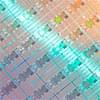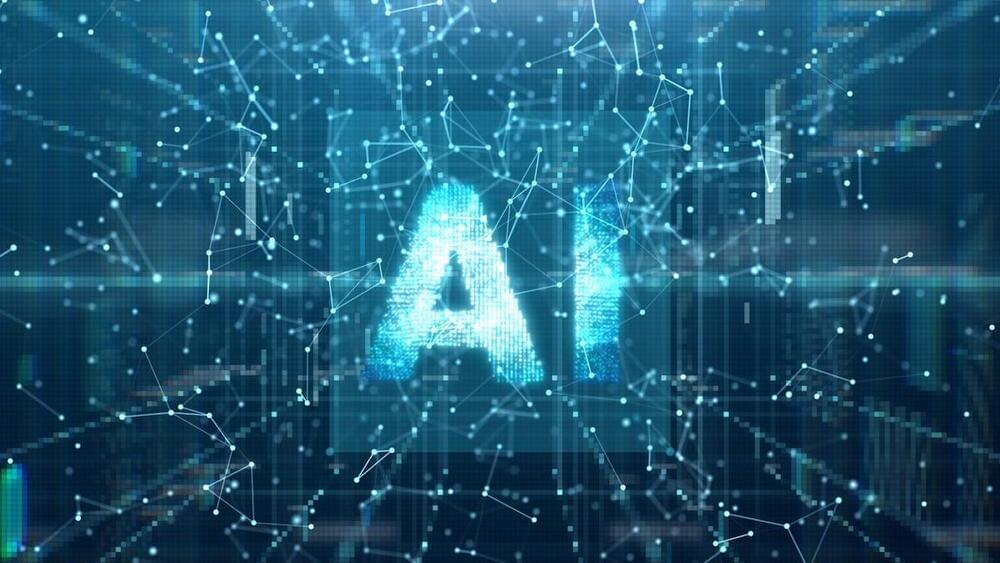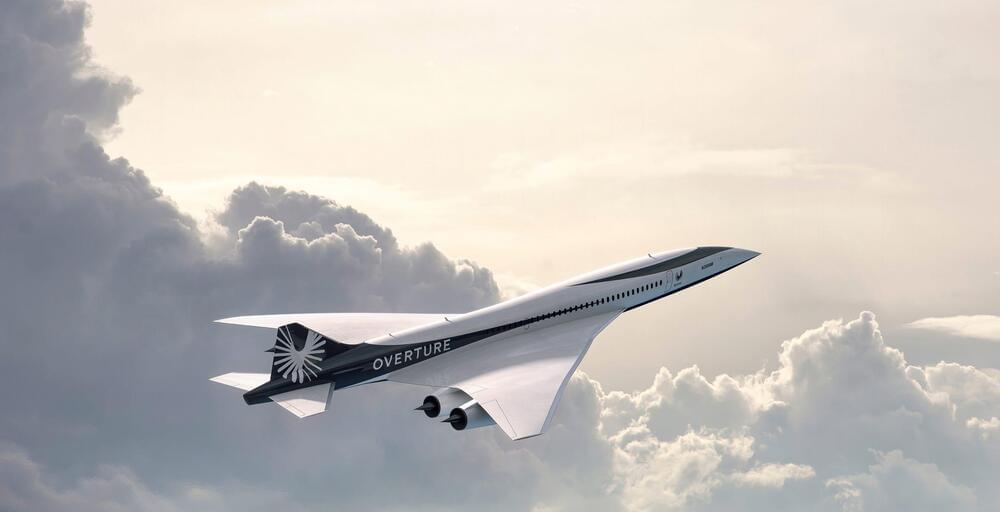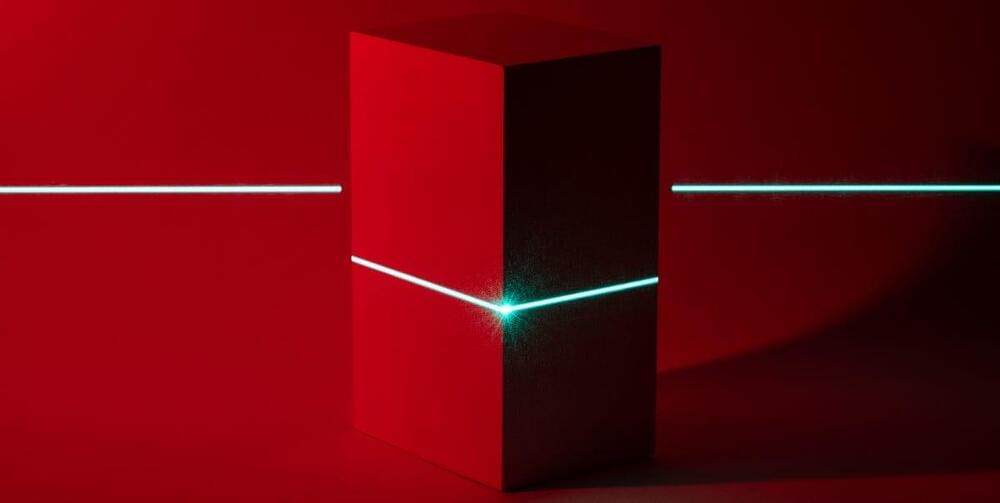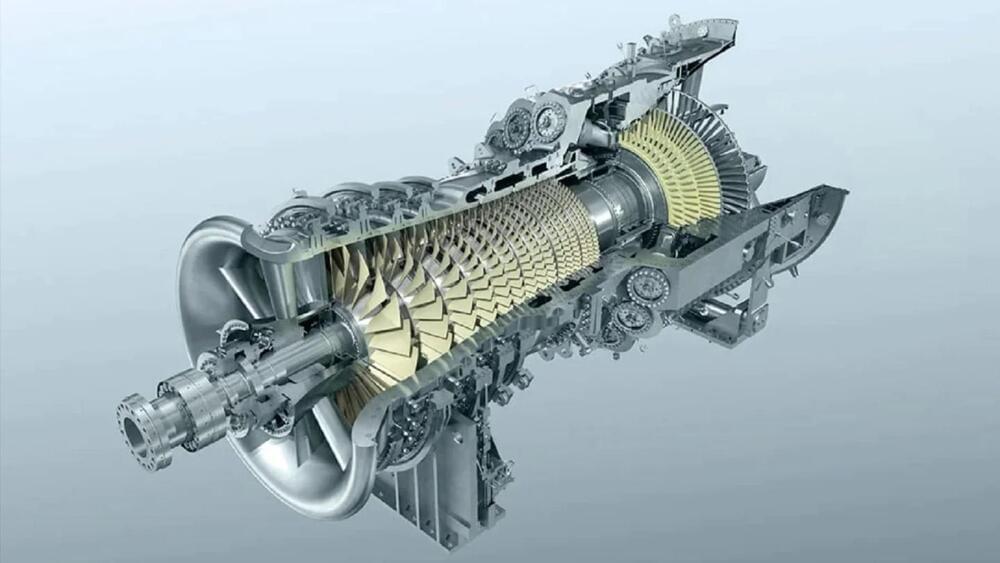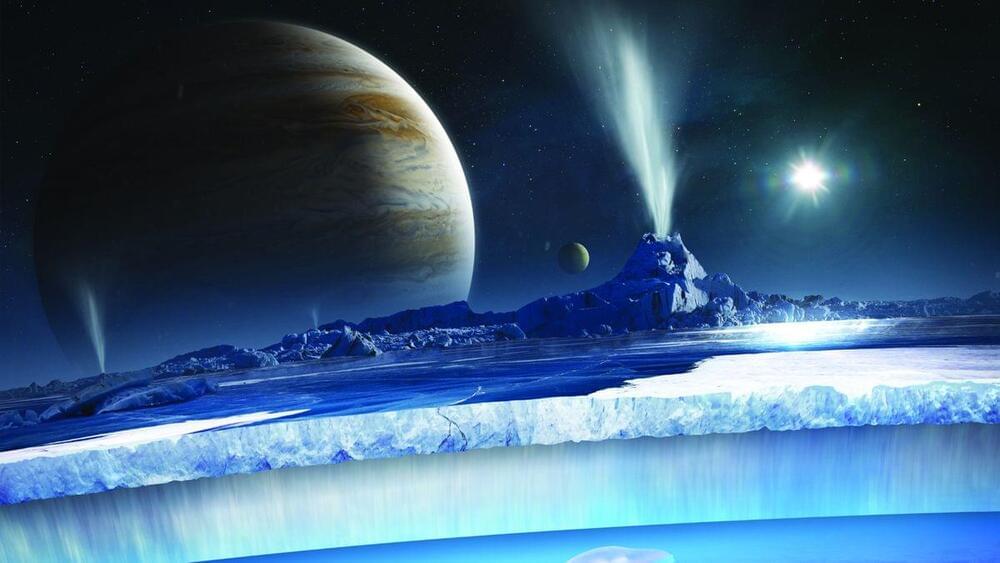Shiver me timbers: Security researchers have demonstrated that it’s possible to spy on what’s visible on your screen by intercepting electromagnetic radiation from video cables with great accuracy, thanks to artificial intelligence. The team from Uruguay’s University of the Republic says their AI-powered cable-tapping method is good enough that these attacks are likely already happening.
Back in the analog video era, it was relatively straightforward for hackers to reconstruct what was on a screen by detecting the leakage from video cables. But once digital protocols like HDMI took over, that became much trickier. The data zipping through HDMI is much more complex than old analog signals.
However, those digital signals still leak some electromagnetic radiation as they transmit between your computer and display. By training an AI model on samples of matching original and intercepted HDMI signals, the researchers were able to decode those leaks into readable screen captures.
